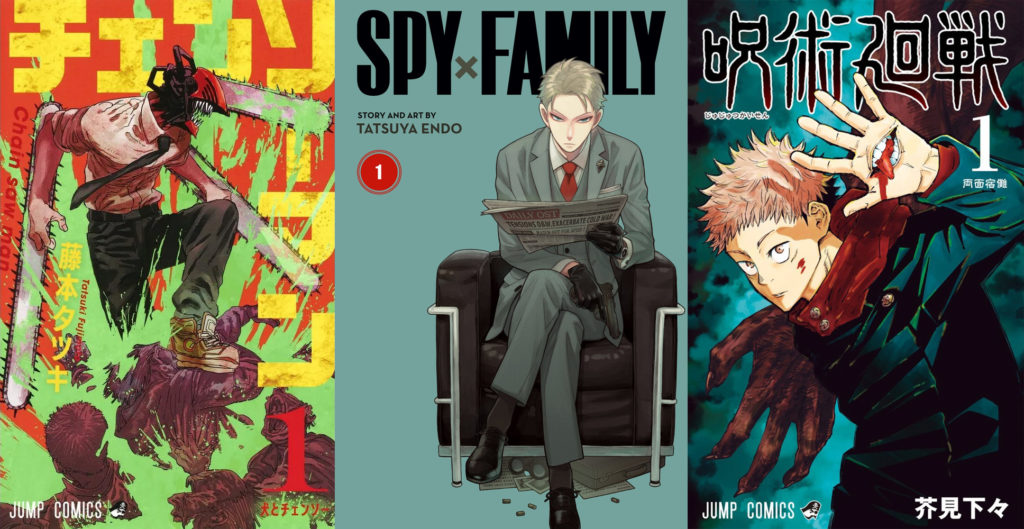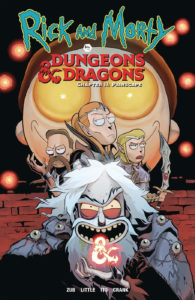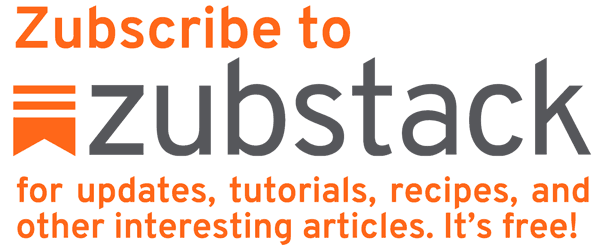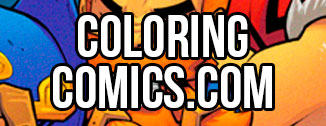I’ve recently read some comics that are clearly influenced by manga and webtoon, which is not a bad thing at all, but when coupled with their format, release schedule, and price point it makes things more difficult.
Manga or webtoons with a more rapid release schedule can lavish page-panel count on small moments or more drawn out plot movement per chapter because of their frequency. The readership gets a steady flow of material to keep them on board and invested.
In addition, the price point on manga or webtoon per chapter is either incredibly low or free. Even if a reader occasionally feels like things are moving sluggishly, the overall frequency and value is more than worth it.
If your comic intended for North American comic shops has 20 pages of sloo~oow burn introduction for $3, $4 or more, it’s a much harder ask for that audience/that frequency/that price point.
Many manga settle into a drawn out storytelling style/pacing after they introduce a killer hook at the start:
• An incredibly charismatic main character.
• An unusual premise.
• A wild genre twist.
• A deeply compelling mystery.
• A bombastic art style.
Some of these awkwardly paced comics I’ve recently read come off the starting blocks decompressed out the wazoo but haven’t established enough engagement to earn my interest, loyalty, or money.
You’re giving me the storytelling equivalent of the dramatic slow burn first 10 minutes of a movie, charging me $4 and telling me I’ll get 15-20 minutes more…in a month.
If you have a self-contained graphic novel with 140+ pages you can absolutely use 10+ pages to slowly ease us into a sense of place or set up the mundane before something engaging happens. I have the whole story, I’m in for the whole ride. If that same concept makes up half of an opening issue and that’s all I get for my cover price this month, you’ve probably lost me.
First impressions are everything and format-pacing is a huge part of that impression.
You may have an epic long term story in mind, but you’ll never get to it if the value vs entertainment doesn’t work.
If you want that slow burn, maybe you need a ‘stinger’ style opening instead. Every story is different, but it’s something to consider. Think James Bond or Raiders of the Lost Ark – give us a bombastic opening before you settle in for the simmer.
When I pace out a 20-24 page issue, I write a numbered list so I can easily see how much space each part takes up and account for each page, page turn, and scene. Every damn page has to justify its existence – what happens, what do we learn, what gets revealed? On a single issue, I’ve got those 20 pages to earn the reader’s trust and cover price.
If I write a longer graphic novel, I can slow that down and pace information/mood/reveals over larger blocks of pages and scenes. If it’s a short story, I have to double or triple stack info/reveals far more, stripping away all extraneous stuff to focus the value-per-page.
Format determines pacing.

Don’t forget that genre and intent matters too!
If you’re writing a horror story, how many pages deliver dread, mystery, violence, shock?
The same goes for a romance, action-adventure, fantasy, or any other genre.
Are you dedicating enough of your page count to the core experience your readership expects?
Some of these poorly paced comics I’m reading feel like they’re actively fighting against their format, their genre, or their audience.
Surprising a reader with more than they expect is good. Actively giving them none of the promise of the premise is deeply unsatisfying, especially if this is the first issue!
I get it, the more well worn the genre and tropes are, the harder it can be to escape those confines.
How do you give people what they want and surprise them?
How do you deliver something familiar and new?
That’s the struggle.
No, not “struggle” – Challenge.
It’s a challenge you work to overcome.
Your try to please yourself and deliver the goods in a way that works with the story, genre, format, schedule, price point, budget, and audience.
And, if it’s a monthly comic series or weekly manga – you have to do it on 4-5 issues/chapters simultaneously in different stages of the production pipeline. As one goes out, another one enters.
That’s the job.
Get to work.
If you found this post helpful, feel free to let me know here (or on Twitter), share the post with your friends and consider buying some of my comics or donating to my Patreon to show your support for me writing this tutorial post instead of doing paying work. 😛






 Zub on Amazon
Zub on Amazon Zub on Instagram
Zub on Instagram Zub on Twitter
Zub on Twitter
Well, I’ve done it. I’ve watched every video and read every tutorial post on here or extra things on your Patreon. Thank you so much for this education. I’ll be going to a convention here in the UK in May with all your advice swirling round in my head. Hopefully one day I’ll get to meet you. Now I’ve just got to get my first comic (or one of my other creative pursuits) properly out into the world.
Happy to hear you were able to find lots of helpful advice in my archives, Harvey. I don’t know when I’ll be in the UK next but hopefully we get to meet in person at some point. Wishing you all the best with your comic and other creative projects.
Sorry for the late reply. Just saw the latest Zubstack notification and thought I’d check back here. Thank you, Jim!